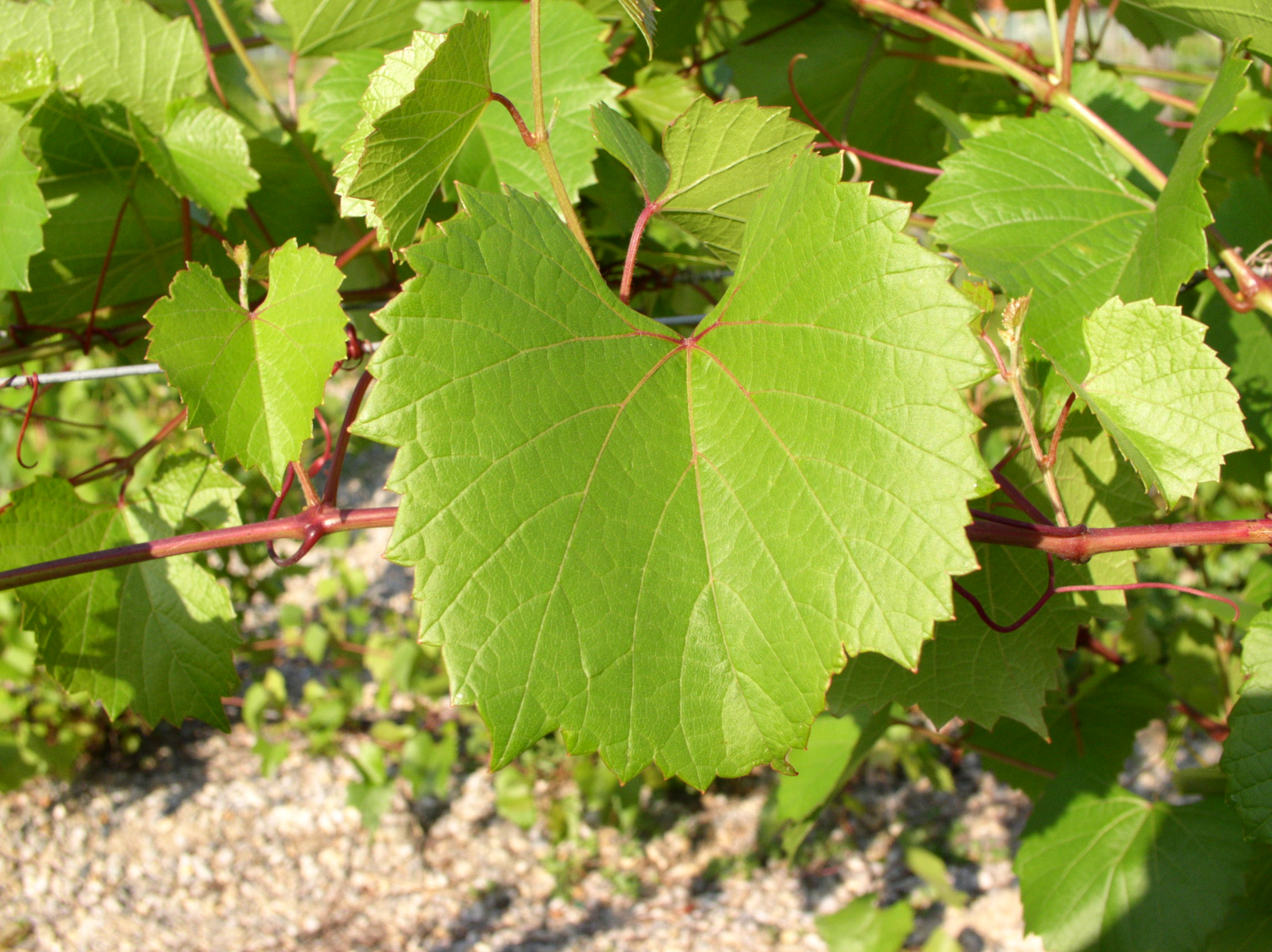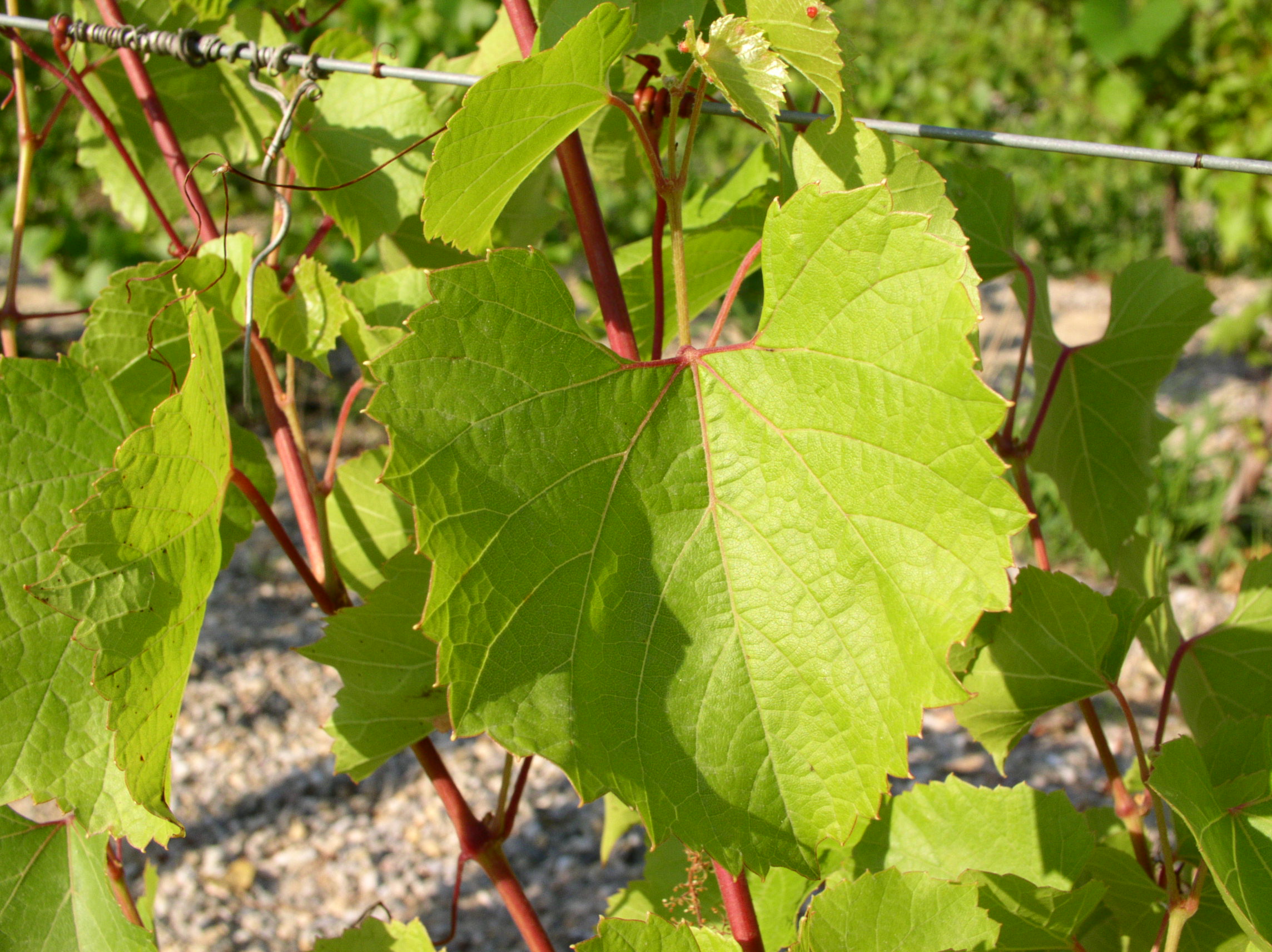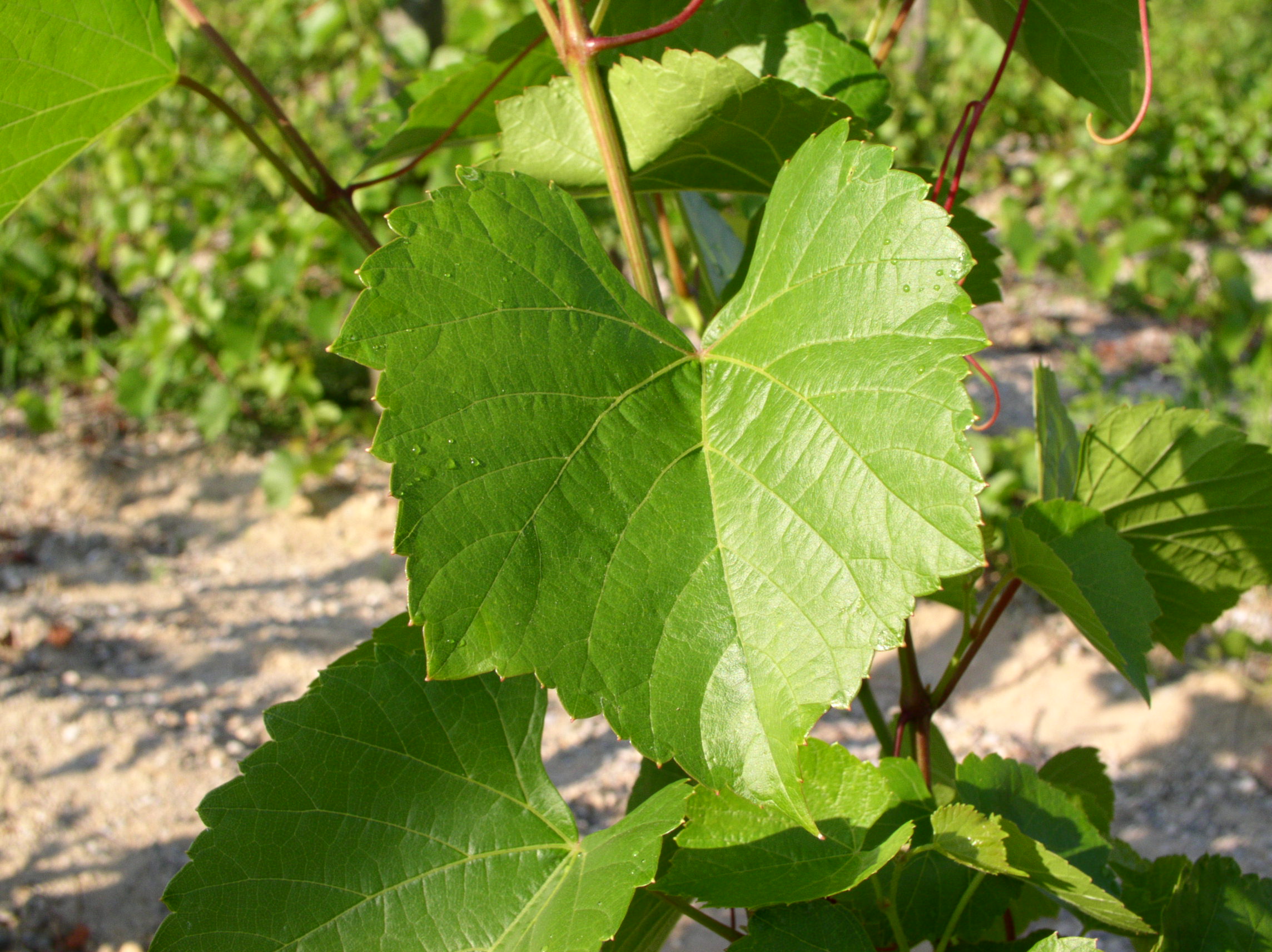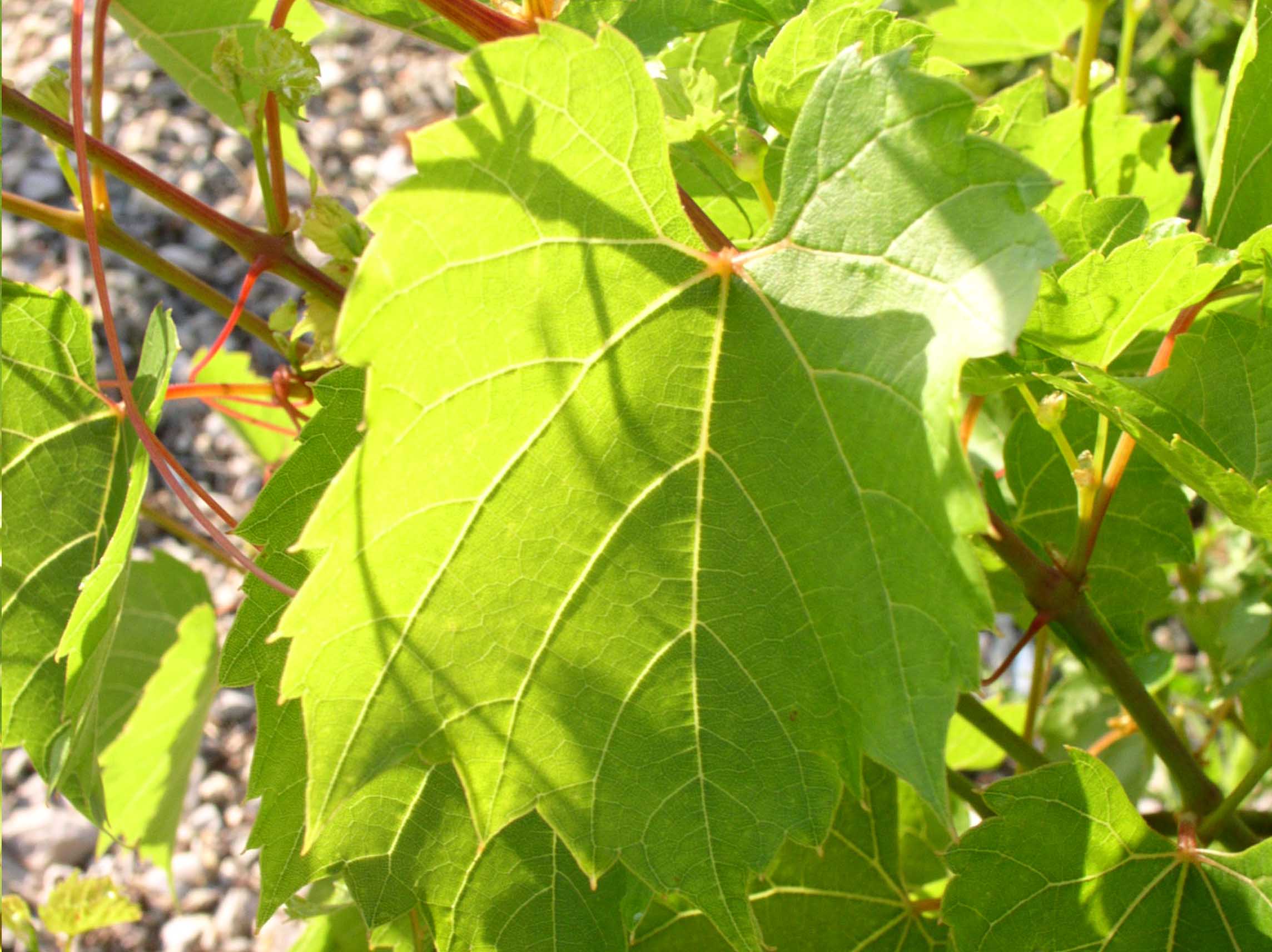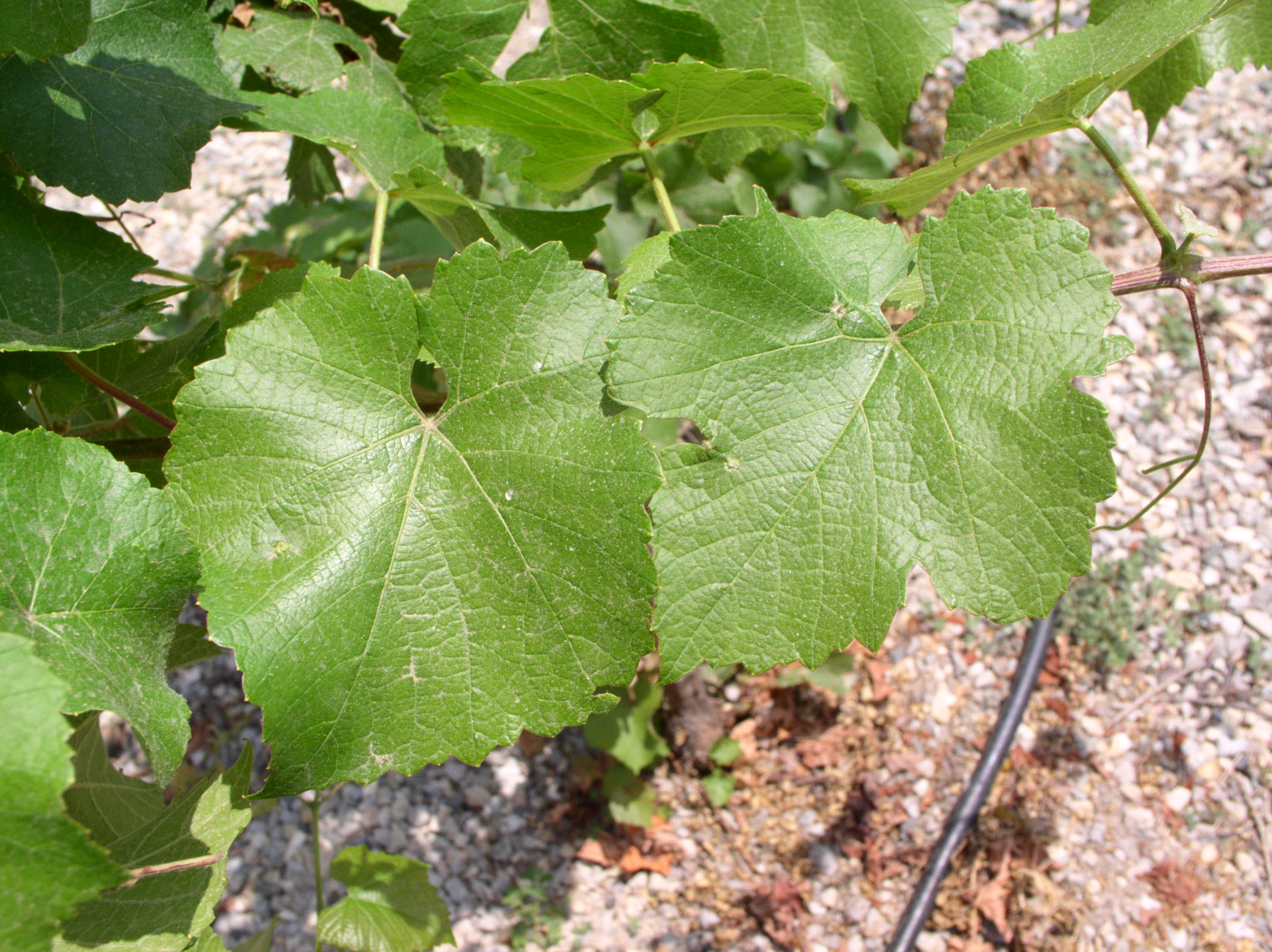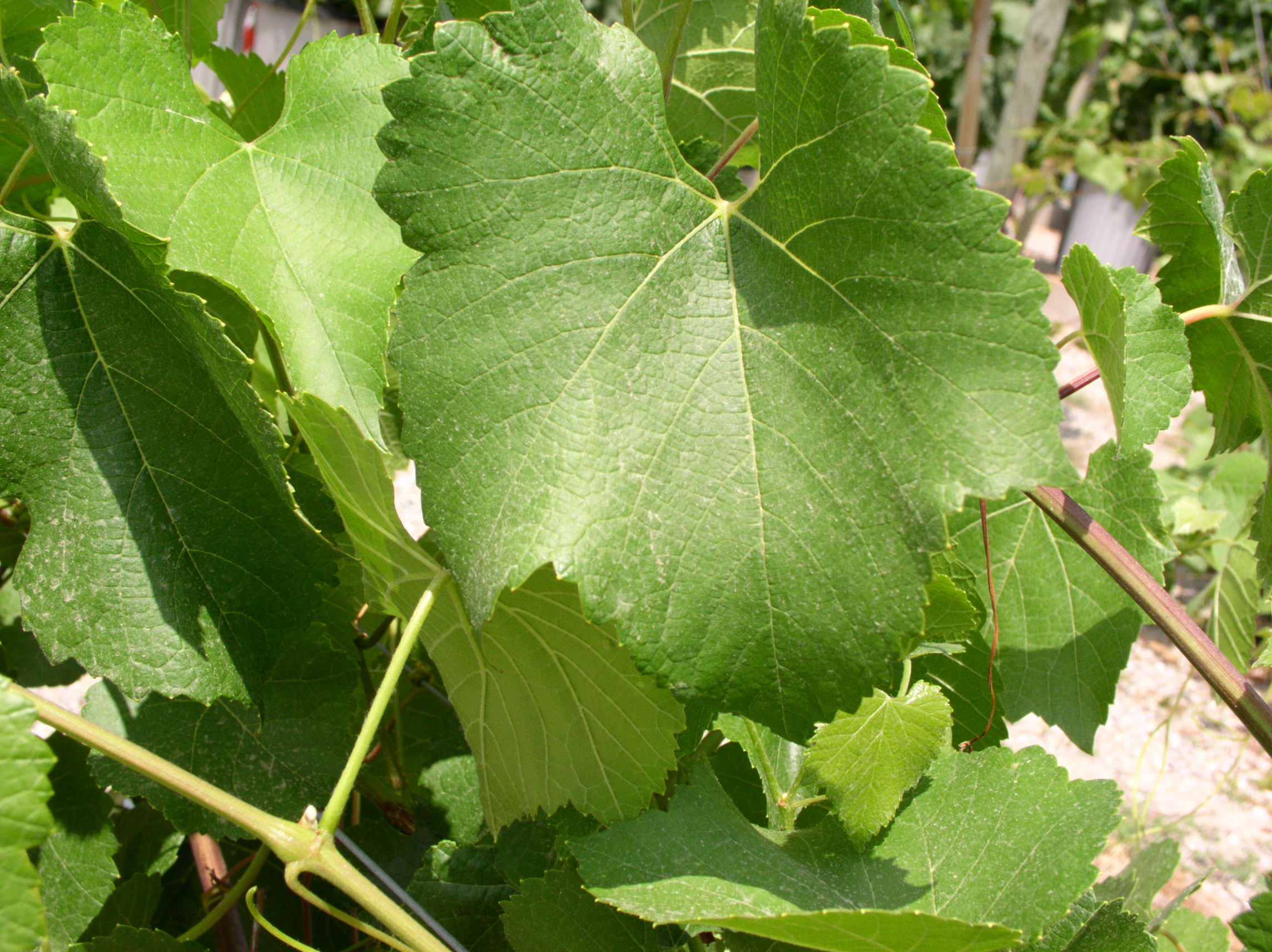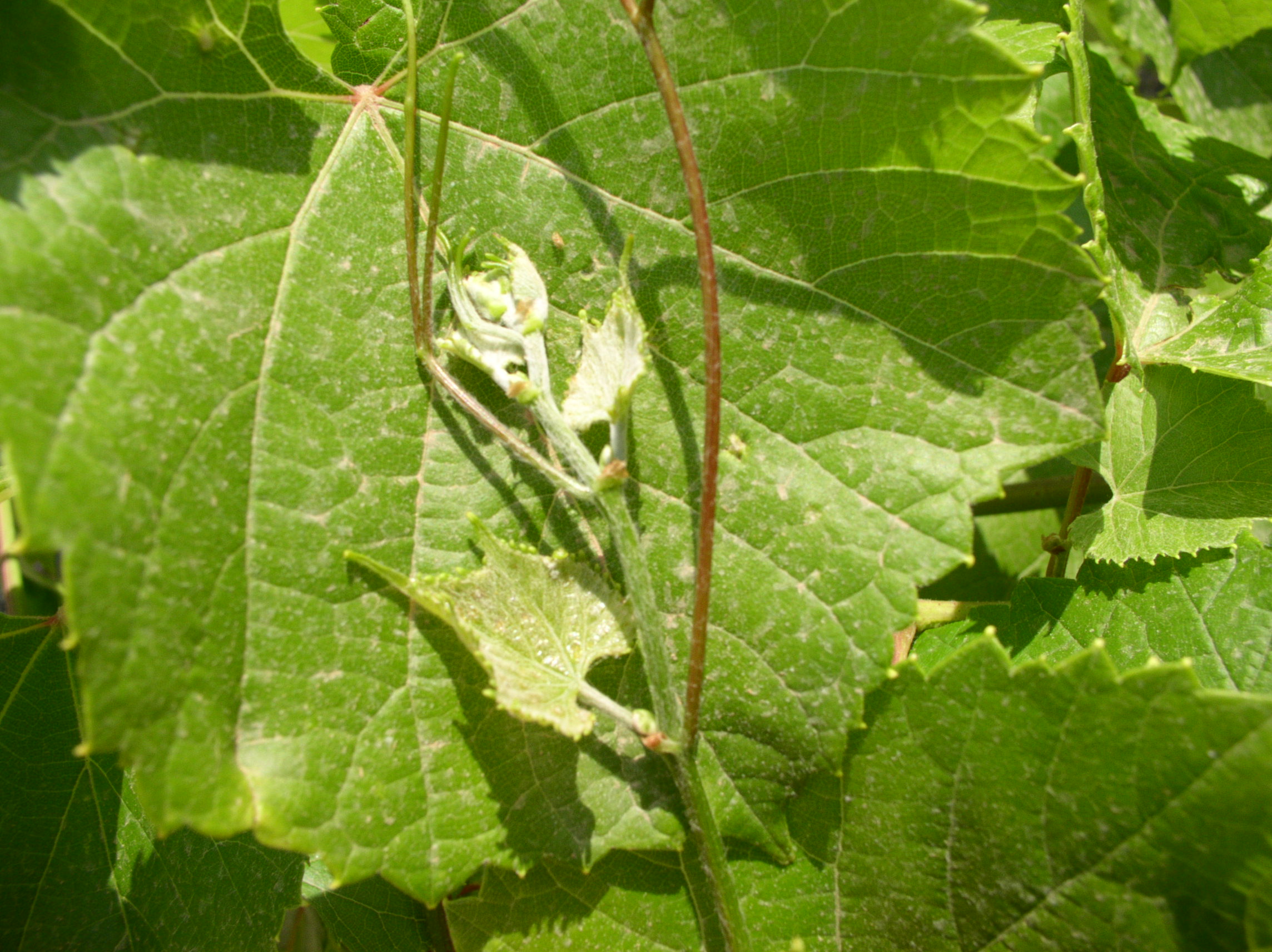
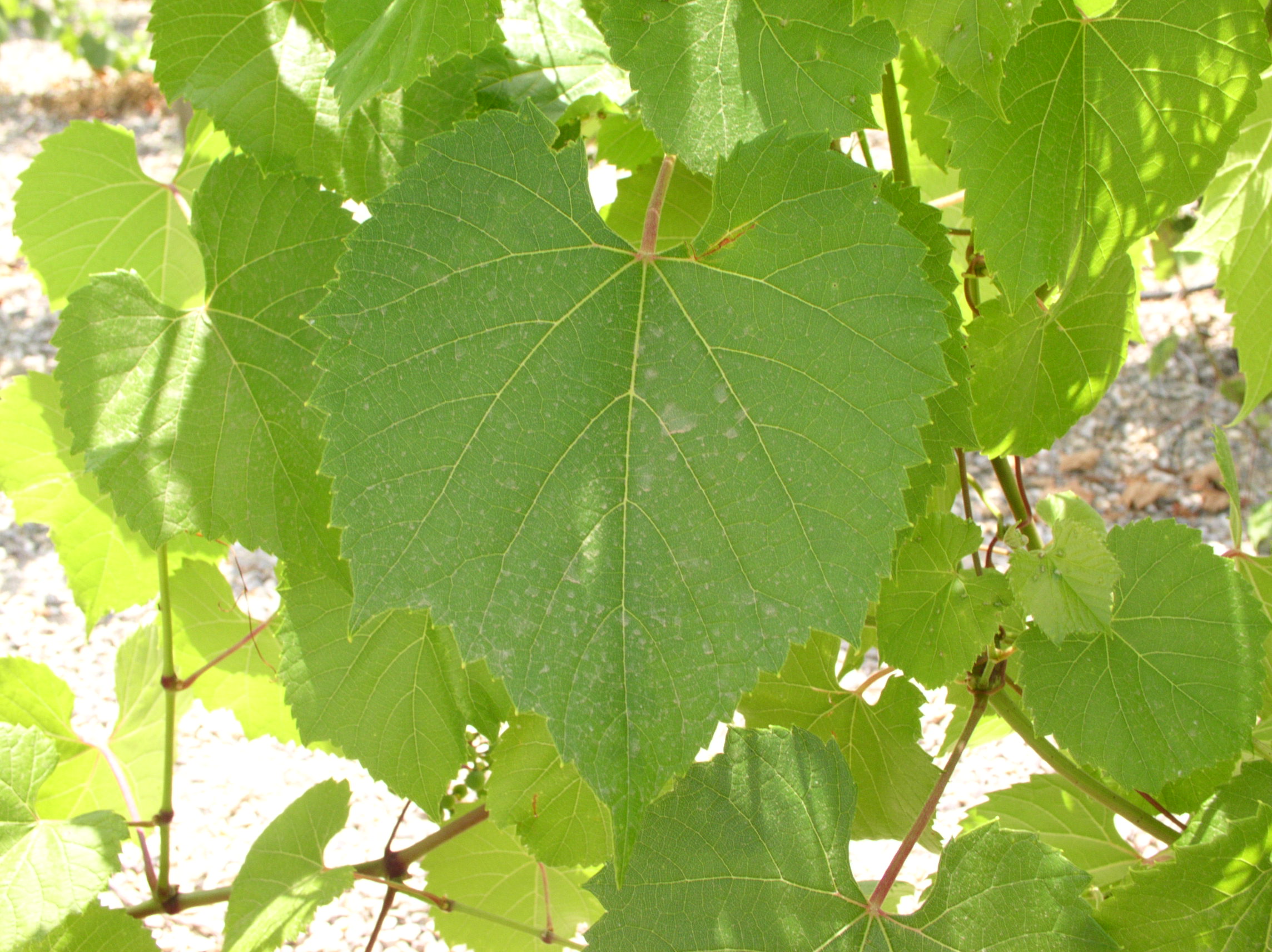
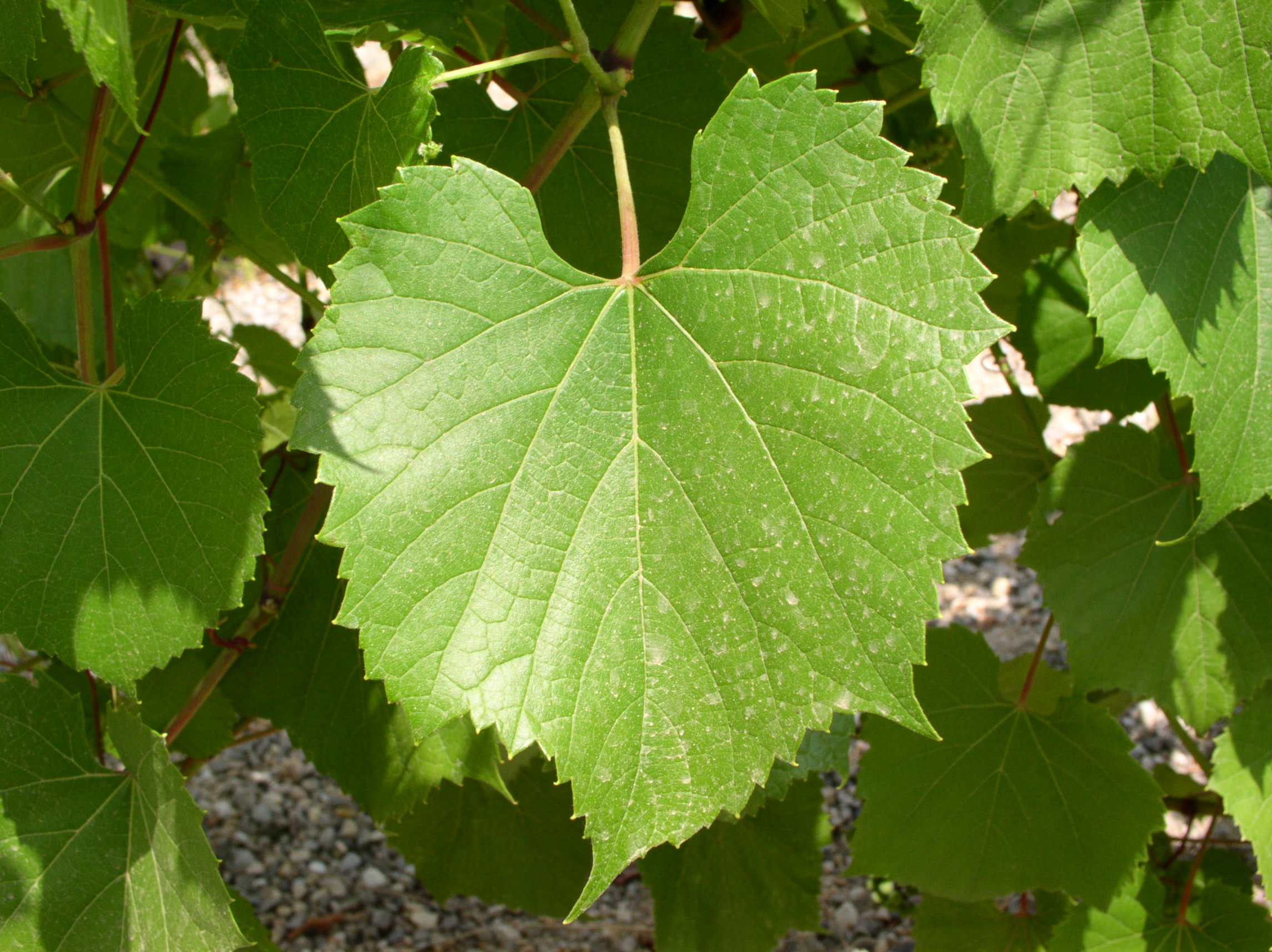
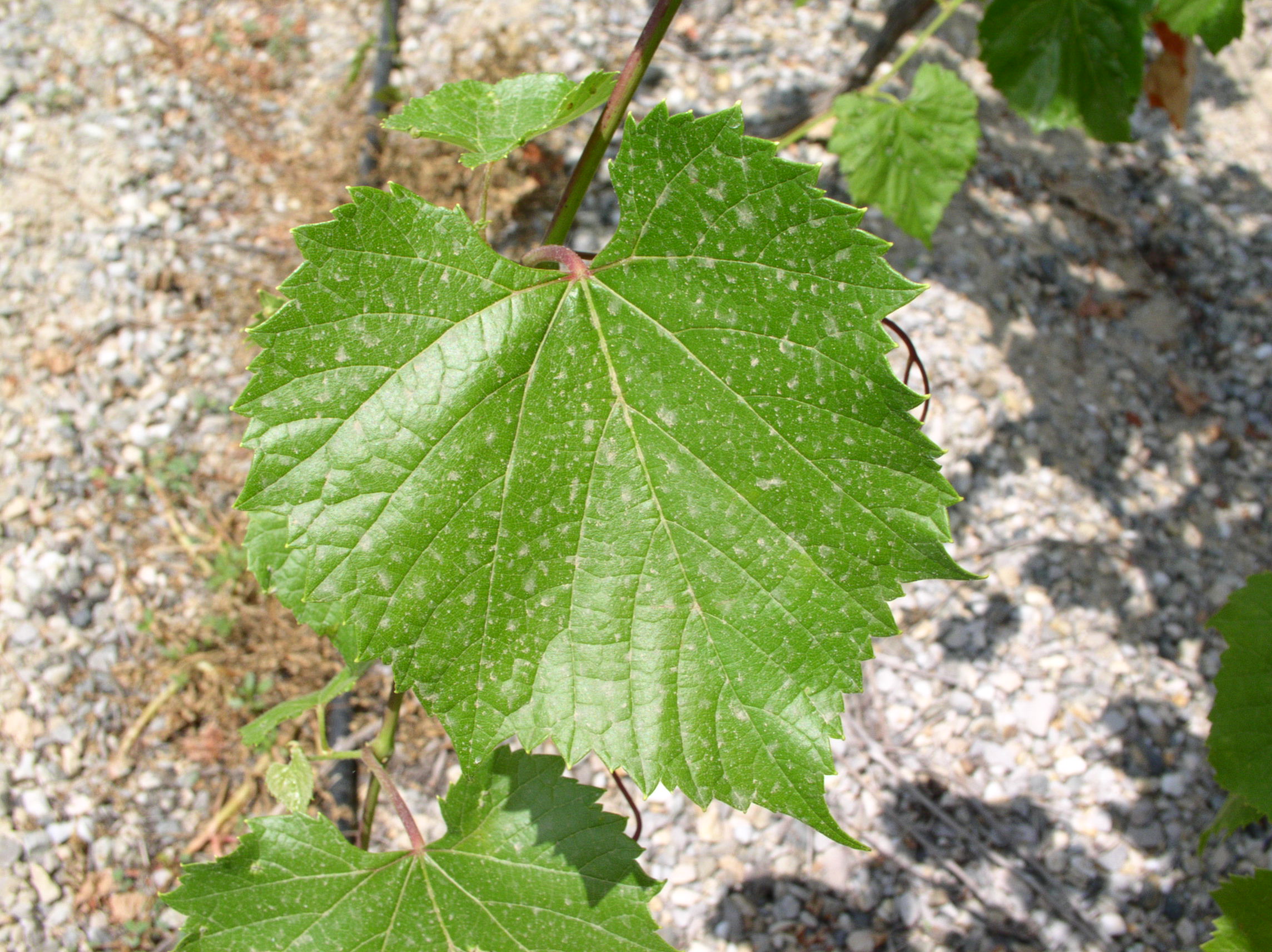
161-49 Couderc
Description
Rootstock deriving from the cross of Vitis riparia and Vitis berlandieri. Today there are 10 different clones of this rootstock: 170, 171, 176, 177, 190, 197, 198, 199, 225 and 239
Resistance to Soil Pests
161-49C shows high tolerance to the root form of phylloxera but its tolerance to the nematodes Meloidogyne incognita and Meloidogyne arenaria is respectively moderate and low.
Adaptation
161-49 C can withstand up to 40% total calcium, 25% active calcium and CCI up to 50. 161-49 tolerance to drought is medium to good. This rootstock is highly susceptible to sticky disease especially when the plants are still young which can lead to a significant number of drying and necrosis in the early years after the vineyard was created. Also, this rootstock is susceptible to excessive moisture during spring. Suitable for light, deep, calcareous and clay calcerous soils and its use should be avoided in very cohesive soils.
Interaction with the implant and production targets
The growth rate of 161-49 C is relatively slow. Moreover, the reduction of production during the first years of the vineyard establishment reduces the risk of sticky disease. The robustness transmitted by 161-49 C is moderate and the vegetative growth is balanced.
Specific multiplication properties
161-49 C has an average wood production with an average of 30.000-60.000 m / ha, sometimes with a certain percentage of wood dry. The removal of small tinges presents difficulties as there is a large number of tendrils. Its ability to grafting and rooting is average and requires increased care from the time of grafting until it is planted in the nursery.
Parasite Resiliance
161-49 C tolerance to the foliar form of phylloxera is medium, while it shows relatively high tolerance to downy mildew.




